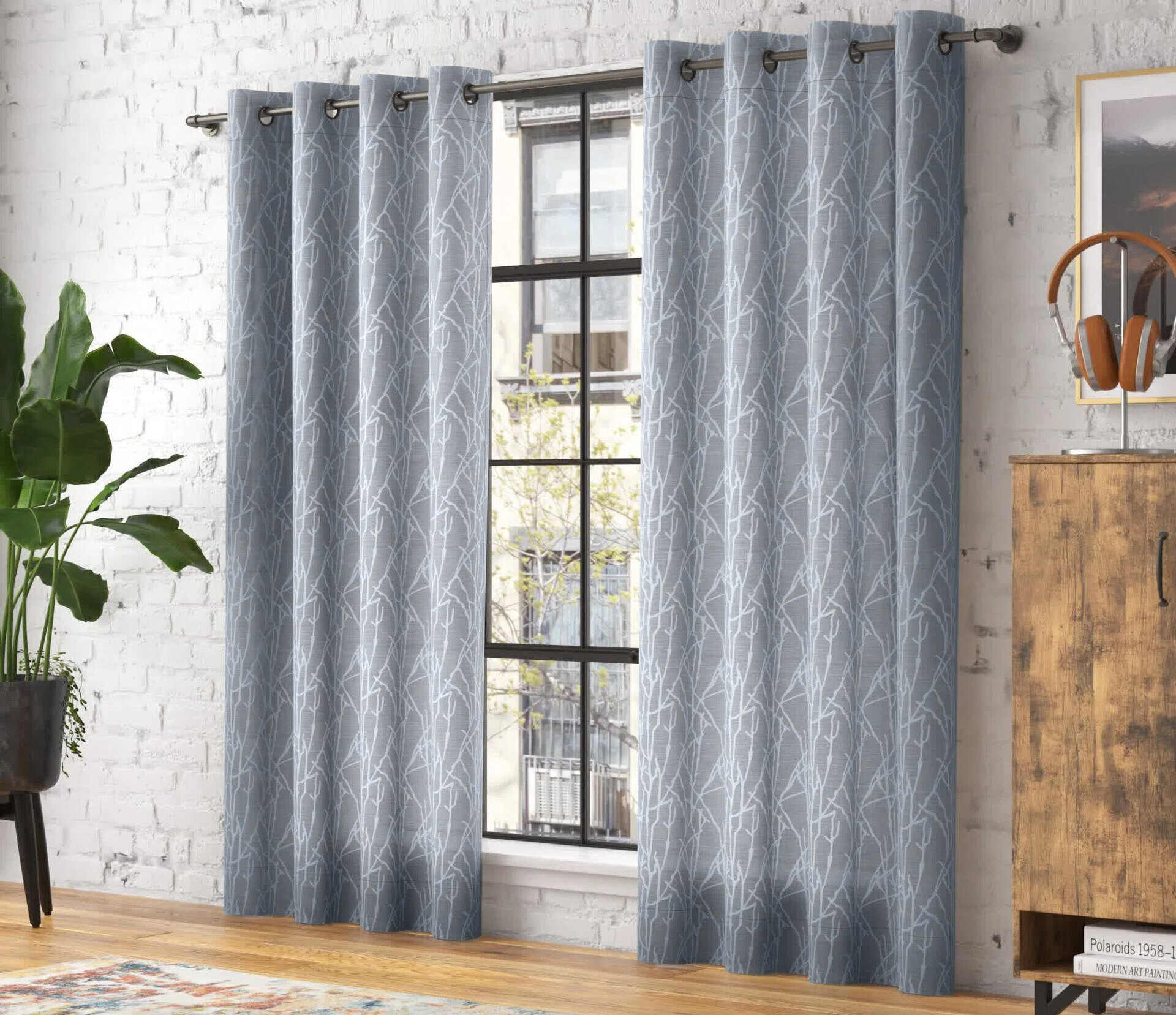

Articles
What Is Light Filtering Curtains
Modified: March 21, 2024
Discover the benefits of light filtering curtains in our informative articles. Find out how they can enhance your home's ambiance and improve privacy.
(Many of the links in this article redirect to a specific reviewed product. Your purchase of these products through affiliate links helps to generate commission for Storables.com, at no extra cost. Learn more)
Introduction
When it comes to window treatments, there are countless options available to suit various needs and preferences. One popular choice for homeowners is light filtering curtains. These curtains not only enhance the aesthetics of a space but also provide practical benefits. In this article, we will explore what light filtering curtains are, how they work, their benefits, and how to choose and maintain them.
Light filtering curtains are designed to let in natural light while reducing glare and providing privacy. They offer a balance between openness and privacy, allowing you to enjoy the benefits of natural light without compromising on your comfort or privacy. Whether you’re looking to create a cozy ambiance in your living room or ensure a restful sleep in the bedroom, light filtering curtains can be an ideal solution.
One of the main advantages of light filtering curtains is their ability to diffuse natural light. Unlike sheer curtains that allow light to pass through unhindered, light filtering curtains are made with special fabrics that soften and filter the incoming sunlight. This helps to reduce the intensity of light, minimizing glare and creating a gentle, diffused illumination in the room.
In addition to their light-diffusing properties, light filtering curtains provide privacy. They allow you to enjoy natural light while preventing outsiders from seeing inside your home. This makes them an excellent choice for rooms that face the street or areas where privacy is desired, such as bedrooms, living rooms, and home offices.
Moreover, light filtering curtains can also help in insulating your living spaces. The fabric used in these curtains can act as a barrier against heat transfer, helping to keep your home cooler in the summer and warmer in the winter. This extra layer of insulation can potentially reduce energy consumption and contribute to a more comfortable indoor environment.
Overall, light filtering curtains offer a versatile and practical solution for your window treatment needs. Whether you want to create an inviting ambiance, maintain privacy, or control the amount of natural light entering your space, these curtains can provide an effective and stylish solution. In the following sections, we will delve deeper into the working mechanism of light filtering curtains, explore the different types available, and provide valuable tips on choosing, installing, and maintaining them.
Key Takeaways:
- Light filtering curtains provide a versatile solution for controlling natural light, enhancing privacy, and adding elegance to any room. Their ability to soften sunlight and offer energy efficiency makes them a practical and stylish choice for homeowners.
- Understanding the differences between light filtering curtains and blackout curtains can help homeowners make informed choices based on their specific needs. Whether it’s creating a cozy ambiance or achieving complete darkness, the right window treatment can enhance the functionality and aesthetics of any living space.
Read more: What Are Curtain Lights
What Are Light Filtering Curtains?
Light filtering curtains, also known as sheer or translucent curtains, are a type of window treatment that allows natural light to filter through while reducing the harshness of the sunlight. They are made from lightweight, semi-opaque fabrics that soften the incoming light and create a beautiful, ethereal effect in the room. These curtains strike a balance between privacy and openness, allowing you to enjoy the benefits of natural light without compromising on your privacy.
Light filtering curtains are different from sheer curtains in that they have a slightly denser fabric weave, which provides better light diffusion and privacy. While sheer curtains may be see-through and offer limited privacy, light filtering curtains have a more substantial texture that obscures the view from outside while still allowing light to pass through.
These curtains are available in a wide range of colors, patterns, and fabric choices, allowing you to find the perfect match for your interior decor. From traditional and classic designs to modern and contemporary styles, there is a light filtering curtain option to suit every taste and preference.
Light filtering curtains are an excellent choice for various rooms in your home. In living rooms or sitting areas, they can create a soft, diffused light that adds warmth and elegance to the space. In bedrooms, these curtains can provide privacy while allowing natural light to gently illuminate the room. Home offices can also benefit from light filtering curtains, as they help reduce glare on computer screens while maintaining a bright and inviting atmosphere.
One of the advantages of light filtering curtains is their versatility in different lighting conditions. During the day, they allow ample natural light to brighten the room, reducing the need for artificial lighting and creating a more energy-efficient environment. At the same time, they act as a barrier against direct sunlight, preventing furniture, flooring, and other interior elements from fading due to UV rays.
Light filtering curtains also offer privacy without completely blocking out the view from inside or outside. Their semi-opaque nature allows you to maintain a sense of connection with the outside world while ensuring that prying eyes cannot see into your living space. This makes them a popular choice for rooms that face the street or overlook neighboring properties.
Overall, light filtering curtains provide an elegant and functional window treatment option that enhances the aesthetics of your home while allowing natural light to fill the space. Their versatility, privacy features, and ability to diffuse sunlight make them a popular choice for homeowners who value both style and practicality.
Benefits of Light Filtering Curtains
Light filtering curtains offer several benefits that make them a popular choice among homeowners. Let’s explore some of the advantages of using these curtains:
1. Natural Light: Light filtering curtains allow natural light to fill your living spaces while reducing glare and harshness. They create a soft, diffused illumination that enhances the overall ambiance of the room. The gentle, filtered light adds warmth and brightness without causing discomfort or eye strain.
2. Privacy: While allowing light to pass through, light filtering curtains also provide privacy. They obstruct the view from outside, preventing people from seeing inside your home during the daytime. This is especially useful for rooms facing the street or areas where privacy is desired, such as bedrooms or home offices.
3. Energy Efficiency: Light filtering curtains help in maintaining a comfortable indoor temperature and reducing energy consumption. By diffusing sunlight, they minimize heat transfer, keeping your home cooler in the summer and reducing the need for air conditioning. In the winter, these curtains can act as an additional layer of insulation, helping to retain warmth and decrease heating costs.
4. Protection: Light filtering curtains provide protection against harmful UV rays, which can cause fading and damage to furniture, flooring, and other interior elements. The semi-opaque fabric of these curtains filters out a significant amount of UV radiation, helping to preserve the appearance and longevity of your belongings.
5. Aesthetics: Light filtering curtains come in various colors, patterns, and textures, allowing you to find the perfect match for your interior decor. They add a touch of elegance and style to your space, enhancing the overall visual appeal. These curtains create a soft and inviting atmosphere, making your rooms feel cozy and comfortable.
6. Versatility: Light filtering curtains are versatile and can be used in different rooms and settings. Whether you want to create a serene ambiance in your bedroom or allow natural light to flow into your living room, these curtains are suitable for various purposes. They can be paired with other window treatments, such as blinds or valances, to create a layered look and customize the level of light and privacy desired.
Overall, light filtering curtains offer a perfect balance between light control, privacy, and aesthetics. They bring the beauty of natural light into your home while ensuring your comfort and creating an inviting atmosphere. Whether you’re looking to enhance the ambiance, protect your furnishings, or save on energy costs, light filtering curtains are an excellent choice for any space.
How Do Light Filtering Curtains Work?
Light filtering curtains work by utilizing special fabrics with a unique weave pattern that allows the soft diffusion of natural light while reducing the glare and intensity of sunlight. Unlike sheer curtains that are more transparent, light filtering curtains have a slightly denser fabric density, which helps to obscure the view from outside while still allowing light to pass through.
The key mechanism behind light filtering curtains is their ability to scatter and disperse incoming light. The fabric of these curtains is designed to break up the direct sunlight, spreading it out and reducing its intensity. This produces a soft, diffused illumination in the room, creating a warm and inviting atmosphere.
Light filtering curtains achieve their light-diffusing effect through a combination of factors:
- Fabric Selection: Light filtering curtains are made from lightweight, semi-opaque fabrics that are specifically engineered to filter and soften the incoming light. These fabrics are typically made from polyester, cotton, linen, or a blend of these materials, which provides the desired balance between privacy and light diffusion.
- Weave Pattern: The weave pattern of the fabric plays a crucial role in how much light is diffused. Many light filtering curtains have a tight, dense weave that helps to scatter the light and reduce its intensity. The specific weave pattern used in the fabric construction can vary, with options like plain weaves, basket weaves, or even textured weaves, each offering a different level of light diffusion.
- Opacity: While light filtering curtains are designed to allow light to filter through, they still offer a degree of privacy. The opacity of the fabric determines how much visibility is obstructed from the outside. The semi-opaque nature of these curtains ensures that they provide a balance between privacy and openness, allowing a limited view from inside while preventing outsiders from seeing into your living space.
The precise amount of light that is filtered and diffused depends on factors such as the color and density of the fabric, as well as the amount of natural light available. Light filtering curtains are available in a spectrum of colors, ranging from light and neutral tones to darker shades, allowing you to find the perfect balance between light diffusion and maintaining the desired level of brightness in your space.
It’s important to note that while light filtering curtains reduce glare and soften the intensity of sunlight, they do not provide complete room darkening or block out all light. They are designed to allow a pleasant amount of natural light into a room while still maintaining privacy and minimizing the negative aspects of direct sunlight.
By understanding how light filtering curtains work, you can make an informed decision when selecting the right curtains for your space. Whether you want to create a cozy ambiance, control the amount of sunlight, or strike a balance between privacy and openness, light filtering curtains offer an effective and stylish solution.
Types of Light Filtering Curtains
Light filtering curtains come in various styles, designs, and fabrics to suit different preferences and needs. Here are some common types of light filtering curtains:
- Solid Light Filtering Curtains: These curtains are made from solid-colored fabrics that offer both light filtration and privacy. They come in a wide range of hues and can easily blend with any interior decor style.
- Patterned Light Filtering Curtains: Patterned light filtering curtains add an extra element of style to your space. They feature various patterns and designs, ranging from geometric shapes to floral prints, allowing you to add visual interest to your windows while still maintaining the light-filtering properties.
- Natural Fiber Curtains: Natural fiber curtains, such as those made from linen or bamboo, provide a unique texture and offer a relaxed, organic look. These curtains have light filtering capabilities while adding a touch of natural beauty to your space.
- Sheer Voile Curtains: Sheer voile curtains are lightweight and have a more transparent appearance compared to traditional light filtering curtains. They allow a generous amount of light to filter through while still providing a level of privacy. Sheer voile curtains are often used in combination with other window treatments to create a layered look.
- Semi-Opaque Curtains: Semi-opaque curtains strike a balance between sheer and blackout curtains. They have a denser fabric than sheer curtains, offering more privacy while still allowing some light to filter through. These curtains are ideal for rooms where privacy is desired, such as bedrooms or home offices.
- Textured Curtains: Textured light filtering curtains feature unique weaves or patterns that add depth and visual interest to the fabric. The texture enhances the aesthetic appeal of the curtains while still providing the desired light diffusion and privacy.
It’s important to consider the specific needs of each room when choosing the type of light filtering curtains. For example, bedrooms may benefit from semi-opaque or natural fiber curtains for enhanced privacy and a cozy ambiance, while living rooms may benefit from patterned or textured curtains to add a decorative element to the space.
Additionally, consider the fabric composition and care instructions when selecting light filtering curtains. Polyester and cotton blends are popular choices for their durability and ease of maintenance. Linen provides a more natural and textured look but may require more delicate care.
Ultimately, the choice of light filtering curtains depends on your personal style preferences, the desired level of privacy and light control, and how well the curtains complement your existing decor. By exploring the various types available, you can find the perfect light filtering curtains to enhance the beauty and functionality of your living spaces.
Read more: What Are Light Filtering Blinds
Factors to Consider When Choosing Light Filtering Curtains
Choosing the right light filtering curtains for your space involves considering several factors to ensure the curtains meet your specific needs and preferences. Here are some important factors to consider when selecting light filtering curtains:
- Privacy: Determine the level of privacy you require in the room. Consider whether you want complete privacy or a level of visibility while still maintaining privacy. This will help you determine the opacity of the curtains.
- Light Control: Consider the amount of light you want to filter or let in. Do you prefer a soft, diffused glow or a slightly brighter ambiance? This will help you choose the fabric density and color that aligns with your light control preferences.
- Room Function: Think about the purpose and function of the room. Bedrooms may benefit from curtains that offer more light reduction, while living rooms or home offices may require curtains that allow natural light to filter through while still providing privacy.
- Interior Decor: Consider the overall style and color scheme of your space. Choose curtains that complement your existing decor and enhance the aesthetic appeal of the room. Consider the curtain fabric, pattern, and color to ensure they harmonize with the rest of the interior elements.
- Fabric and Maintenance: Take into account the fabric composition and care instructions. Some fabrics may require more delicate care, while others are more durable and easier to maintain. Consider factors such as ease of cleaning, wrinkle resistance, and longevity when selecting the fabric.
- Window Size and Shape: Consider the size and shape of your windows when choosing light filtering curtains. Measure the width and height of the windows to ensure the curtains will provide adequate coverage. Also, consider the type of curtain rod or track needed for your specific window configuration.
- Budget: Determine your budget for light filtering curtains. Set a realistic budget and explore options within that range. Keep in mind that the price of curtains can vary depending on factors such as the fabric type, brand, and additional features.
- Additional Features: Consider any additional features you may need, such as thermal insulation properties or noise reduction capabilities. Some light filtering curtains offer these added benefits to enhance the comfort of your space.
By considering these factors, you can make an informed decision when selecting light filtering curtains that best suit your needs and preferences. Take the time to explore different options and compare fabric samples to ensure you find the perfect curtains that enhance both the functionality and aesthetic appeal of your living spaces.
When choosing light filtering curtains, look for a fabric with a tight weave to effectively block out sunlight while still allowing some natural light to filter through. This will help create a comfortable and inviting atmosphere in your home.
Installation Guide for Light Filtering Curtains
Installing light filtering curtains is a relatively straightforward process that can be done with a few basic tools. Follow these step-by-step instructions to install your light filtering curtains:
- Gather the necessary tools: Before starting the installation, make sure you have the following tools handy: a measuring tape, a pencil, a level, a drill or screwdriver, screws or brackets, and a curtain rod or track.
- Measure the window: Use a measuring tape to determine the width and height of your window. Measure the area where you want the curtains to hang from to get the appropriate length for your curtain rod or track.
- Install the brackets: Depending on the type of curtain rod or track you are using, install the brackets onto the wall or window frame. Use a level to ensure the brackets are perfectly aligned and level.
- Mount the curtain rod or track: Attach the curtain rod or track onto the brackets. Make sure it is securely in place and level. Test its stability by gently pulling on the rod or track to ensure it can support the weight of the curtains.
- Attach the curtain hooks or rings: If your curtains require hooks or rings, attach them to the top of the curtains according to the manufacturer’s instructions. The number of hooks or rings needed will depend on the width of the curtains and the desired gathering.
- Hang the curtains: Carefully hang the curtains onto the curtain rod or track by sliding the hooks or rings onto it. Adjust the curtains evenly to ensure they hang straight and have the desired fullness.
- Adjust the length: If your curtains are longer than desired, use a pair of scissors or fabric shears to trim them to the desired length. Be sure to leave a small allowance for hemming, if necessary.
- Finalize the installation: Check that the curtains hang evenly and adjust as needed. Stand back and visually inspect the curtains to ensure they are properly aligned and provide the desired light filtering effect.
Note: The installation process may vary depending on the specific type of curtain rod, track, or hardware you are using. Always refer to the manufacturer’s instructions for detailed guidance.
In summary, installing light filtering curtains involves measuring the window, installing brackets, mounting the curtain rod or track, attaching the curtain hooks or rings, hanging the curtains, adjusting the length if necessary, and finalizing the installation. With a few simple steps, you can enjoy the benefits of light filtering curtains in your home and enhance the ambiance of your living spaces.
Maintenance and Care Tips for Light Filtering Curtains
To keep your light filtering curtains in excellent condition and prolong their lifespan, it’s important to follow proper maintenance and care practices. Here are some helpful tips to keep in mind:
- Regular Cleaning: Dust and debris can accumulate on curtains over time, impacting their light-filtering abilities and overall appearance. Regularly vacuum or gently shake out the curtains to remove loose dirt and dust.
- Spot Cleaning: If you notice any stains or spills on your light filtering curtains, address them promptly. Blot the stain with a damp cloth or use a mild detergent diluted in water to gently clean the affected area. Avoid rubbing the fabric vigorously, as it may damage the fibers.
- Hand Washing: Depending on the fabric care instructions, some light filtering curtains can be hand-washed. Fill a basin or sink with lukewarm water and a gentle detergent, and gently agitate the curtains. Rinse thoroughly and hang them to air dry or tumble dry on a low heat setting if allowed.
- Machine Washing: Check the care label on your light filtering curtains to see if they are machine washable. If so, use a delicate or gentle cycle with cold water and a mild detergent. Place the curtains in a laundry bag or pillowcase to protect them from getting tangled or damaged. After washing, hang the curtains to air dry or follow the manufacturer’s specific guidelines for machine drying.
- Ironing: If your light filtering curtains require ironing, use a low heat setting and place a thin cloth or towel between the iron and the curtain fabric to prevent direct heat contact. Iron the curtains on the reverse side or follow the specific ironing instructions provided by the manufacturer.
- Steam Cleaning: Some light filtering curtains may be suitable for steam cleaning. Ensure the fabric is steam-safe, and carefully follow the instructions provided by the steam cleaner manufacturer. This method can effectively refresh and remove wrinkles from the curtains.
- Prevent Fading: Protect your light filtering curtains from excessive exposure to direct sunlight, as this can cause the fabric to fade over time. Consider using window film, blinds, or shades to provide additional UV protection and prevent the curtains from fading prematurely.
- Professional Cleaning: If your light filtering curtains require deep cleaning or if you are unsure about the washing instructions, consider consulting with a professional curtain cleaning service. They have the expertise and specialized equipment to clean curtains effectively without causing damage.
Remember to always refer to the specific care instructions provided by the curtain manufacturer. Each type of fabric may require different care methods, so it’s important to follow the guidelines accordingly.
By following these maintenance and care tips, you can help preserve the beauty and functionality of your light filtering curtains, ensuring they continue to filter light effectively and enhance the ambiance of your living spaces for years to come.
Light Filtering Curtains vs. Blackout Curtains: A Comparison
When it comes to window treatments, two popular options are light filtering curtains and blackout curtains. While both serve different purposes, understanding the differences between them can help you make an informed choice for your specific needs. Let’s compare light filtering curtains and blackout curtains:
Light Filtering Curtains:
- Light filtering curtains are designed to allow natural light to filter through while reducing glare and softening the intensity of sunlight.
- These curtains offer a balance between privacy and openness, allowing you to enjoy natural light while still maintaining a level of privacy.
- They provide a gentle, diffused illumination that enhances the ambiance of the space, creating a warm and inviting atmosphere.
- Light filtering curtains are available in various colors, patterns, and textures, allowing you to find the perfect match for your interior decor.
- These curtains offer moderate privacy, as they partially obstruct the view from outside without completely darkening the room.
- They are ideal for rooms where some natural light is desired, such as living rooms, dining rooms, and home offices.
Blackout Curtains:
- Blackout curtains are specially designed to block out light and create complete darkness in a room.
- They are made from thick, opaque fabrics with a tightly woven construction that prevents light from penetrating through the fabric.
- Blackout curtains provide maximum privacy by blocking the view from both inside and outside.
- These curtains are highly effective in blocking out sunlight, streetlights, and any other external sources of light, making them an excellent choice for bedrooms, nurseries, or media rooms.
- They also offer added benefits such as noise reduction and thermal insulation, helping to create a quiet and energy-efficient environment.
- Blackout curtains are available in a variety of colors and styles to suit different preferences and room aesthetics.
Ultimately, the choice between light filtering curtains and blackout curtains depends on your specific requirements. If you want to maintain a level of natural light and privacy while softening the intensity of sunlight, light filtering curtains are a great choice. On the other hand, if you need complete darkness, maximum privacy, and additional benefits like noise reduction and insulation, blackout curtains are the preferred option.
It’s worth noting that you can also combine both types of curtains for maximum versatility. Pairing light filtering curtains with blackout liners can provide you with the option to alternate between diffused light and complete darkness, depending on your needs throughout the day.
Consider the functionality, privacy, and aesthetic requirements of each room when deciding on the type of curtains that best suit your needs. Light filtering curtains and blackout curtains each have their advantages, and making the right choice can help create the desired atmosphere in your living spaces.
Read more: How To Hang Curtain Lights Over Curtains
Frequently Asked Questions about Light Filtering Curtains
Here are some commonly asked questions about light filtering curtains:
- Do light filtering curtains provide privacy?
- Can light filtering curtains block out all light?
- Can light filtering curtains reduce energy consumption?
- Can I use light filtering curtains in a bedroom?
- How do I clean light filtering curtains?
- Do light filtering curtains fade over time?
- Can I use light filtering curtains in combination with other window treatments?
Yes, light filtering curtains offer a level of privacy by obscuring the view from outside. While they allow natural light to pass through, they prevent people from seeing inside your home during the daytime.
No, light filtering curtains are designed to allow some amount of light to filter through. They soften the intensity of sunlight but do not block out all light. If you require complete darkness, blackout curtains may be a better option.
Yes, light filtering curtains can contribute to reduced energy consumption. By diffusing sunlight, they help regulate the temperature in a room, reducing the need for artificial lighting and minimizing the load on air conditioning or heating systems.
Yes, light filtering curtains are suitable for bedrooms. They provide a soft, diffused light that enhances the ambiance while still offering privacy. However, if you prefer complete darkness for sleeping, you may want to consider using blackout curtains or combining light filtering curtains with blackout liners.
The cleaning method for light filtering curtains depends on the fabric. Some curtains may be machine washable, while others may require hand washing or professional cleaning. Always check the care instructions provided by the manufacturer.
Excessive exposure to direct sunlight can cause some light filtering curtains to fade over time. To prolong their lifespan, consider using window film, blinds, or shades to provide additional UV protection and prevent fading.
Yes, light filtering curtains can be used in combination with other window treatments such as blinds or shades. Layering curtains can enhance the visual appeal and functionality of your windows while providing additional light control and privacy options.
If you have any specific questions about light filtering curtains, it’s best to consult with the manufacturer or a professional in the window treatment industry. They can provide personalized advice based on your needs and the specific curtains you have chosen.
Light filtering curtains offer a versatile and practical solution for enhancing the aesthetics of your space while allowing natural light to filter through. Whether you want to create a cozy ambiance, maintain privacy, or control the amount of sunlight, light filtering curtains can be a stylish and effective choice for your home.
Conclusion
Light filtering curtains provide a balance between function and style, allowing natural light to filter through while reducing glare and providing privacy. They offer numerous benefits, including softening the intensity of sunlight, enhancing the ambiance of a room, and conserving energy. With various colors, patterns, and textures to choose from, light filtering curtains can complement any interior decor style.
Understanding the different types of light filtering curtains and considering factors such as privacy, light control, and room function can help you make the right choice for your space. Proper installation is important, ensuring that the curtains hang evenly and complement the window size and shape.
Maintaining light filtering curtains involves regular cleaning, spot cleaning, and following care instructions specific to the fabric. This helps to preserve their functionality and appearance, ensuring they continue to enhance the ambiance of your space for years to come.
When comparing light filtering curtains to blackout curtains, it’s important to consider your specific needs. Light filtering curtains provide a soft, diffused light and some privacy, whereas blackout curtains create complete darkness and maximum privacy. Depending on the room and preferences, a combination of both types may be a suitable choice.
In conclusion, light filtering curtains offer a versatile window treatment option that combines practicality and aesthetics. With their ability to control light, provide privacy, and enhance the ambiance of a room, they are a popular choice for homeowners. Understanding the different types, considering factors when choosing, and properly installing and maintaining light filtering curtains can help you create a beautiful and functional living space. So go ahead, explore the options, and enjoy the benefits that light filtering curtains can bring to your home.
Frequently Asked Questions about What Is Light Filtering Curtains
Was this page helpful?
At Storables.com, we guarantee accurate and reliable information. Our content, validated by Expert Board Contributors, is crafted following stringent Editorial Policies. We're committed to providing you with well-researched, expert-backed insights for all your informational needs.
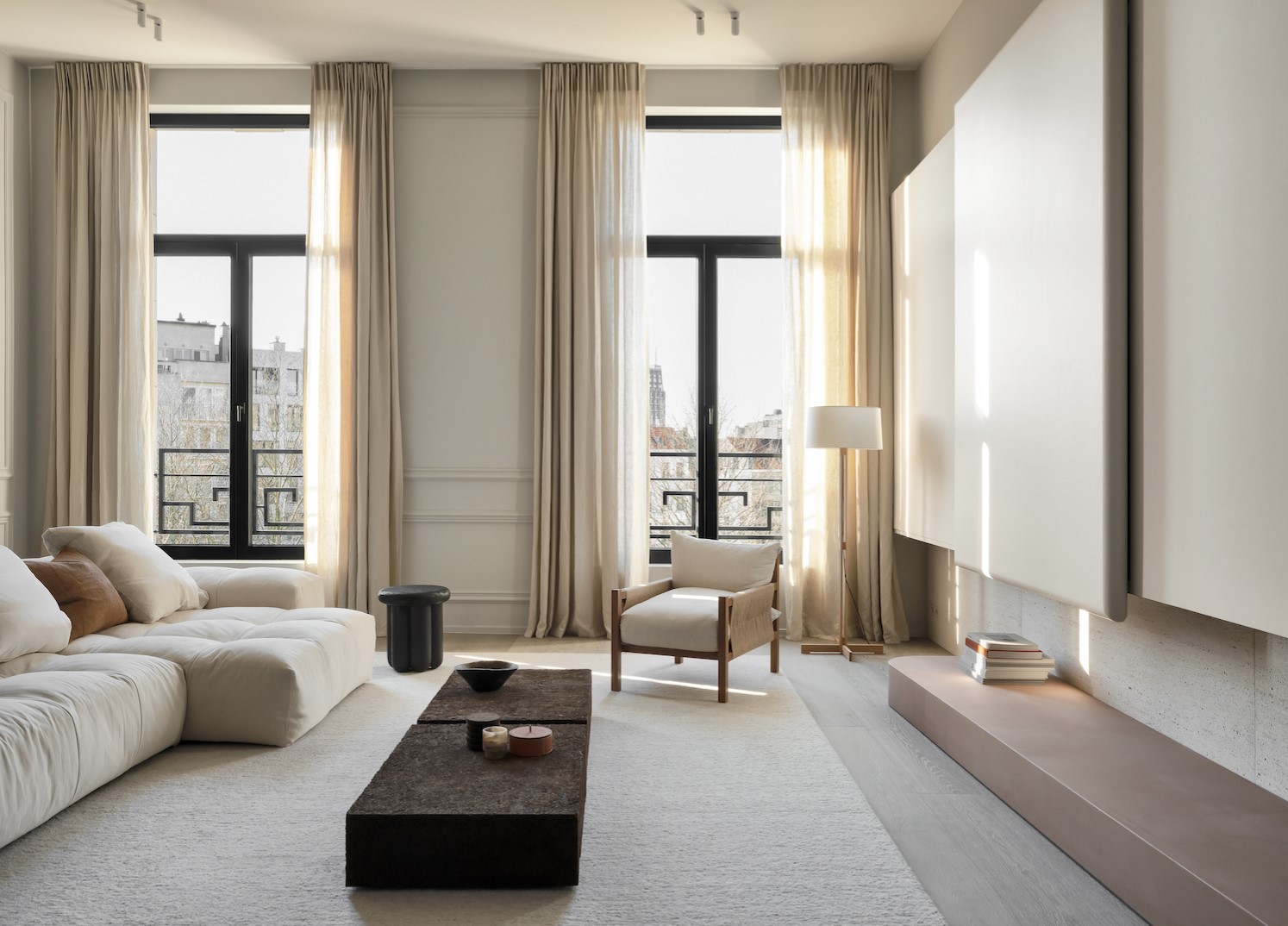
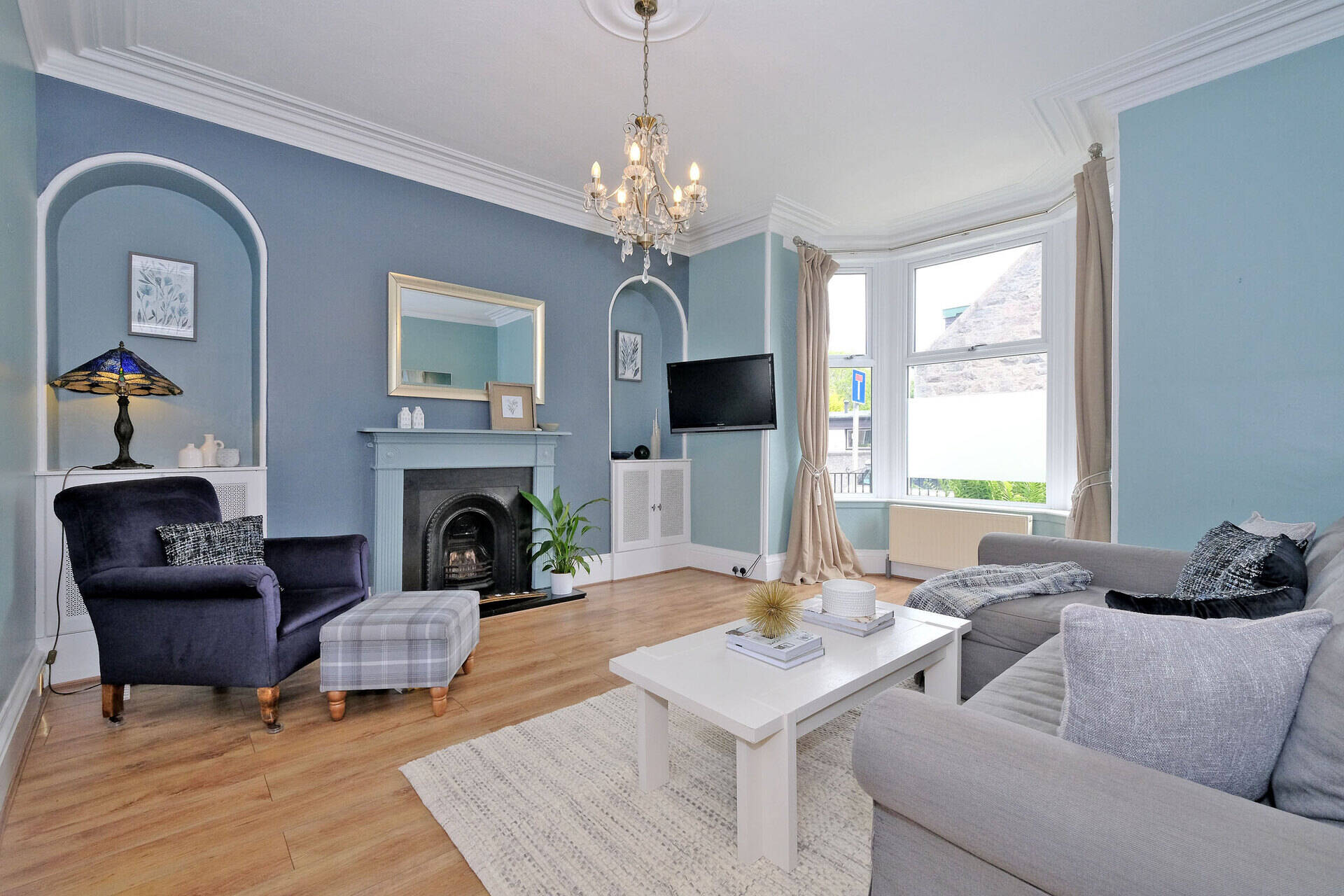
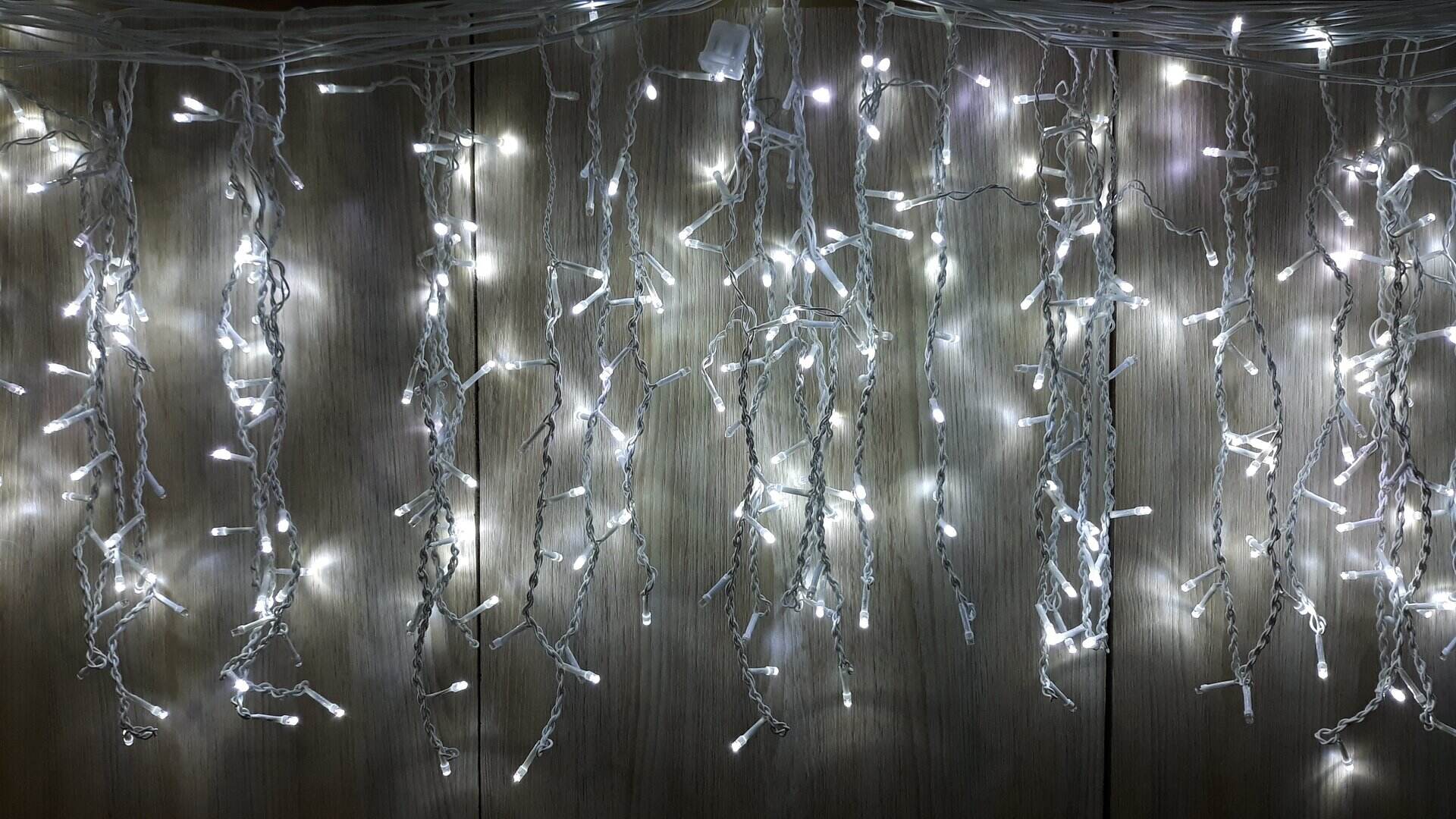


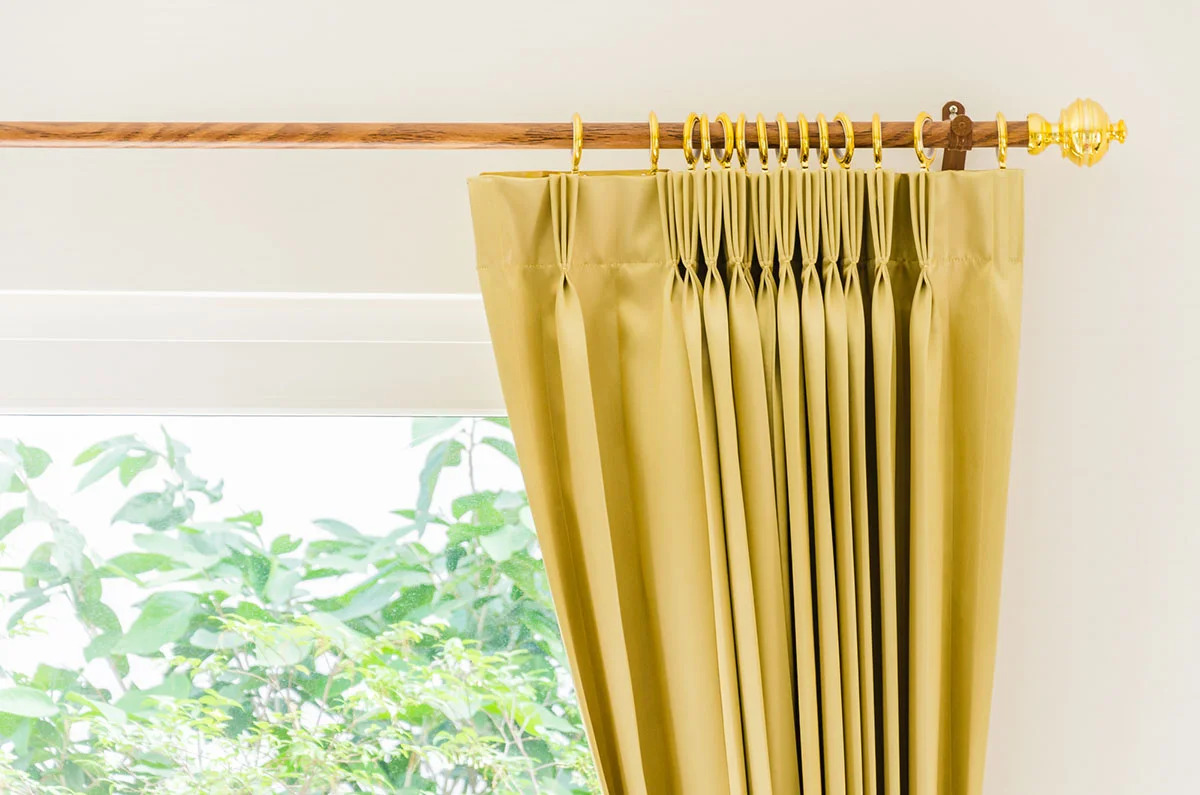
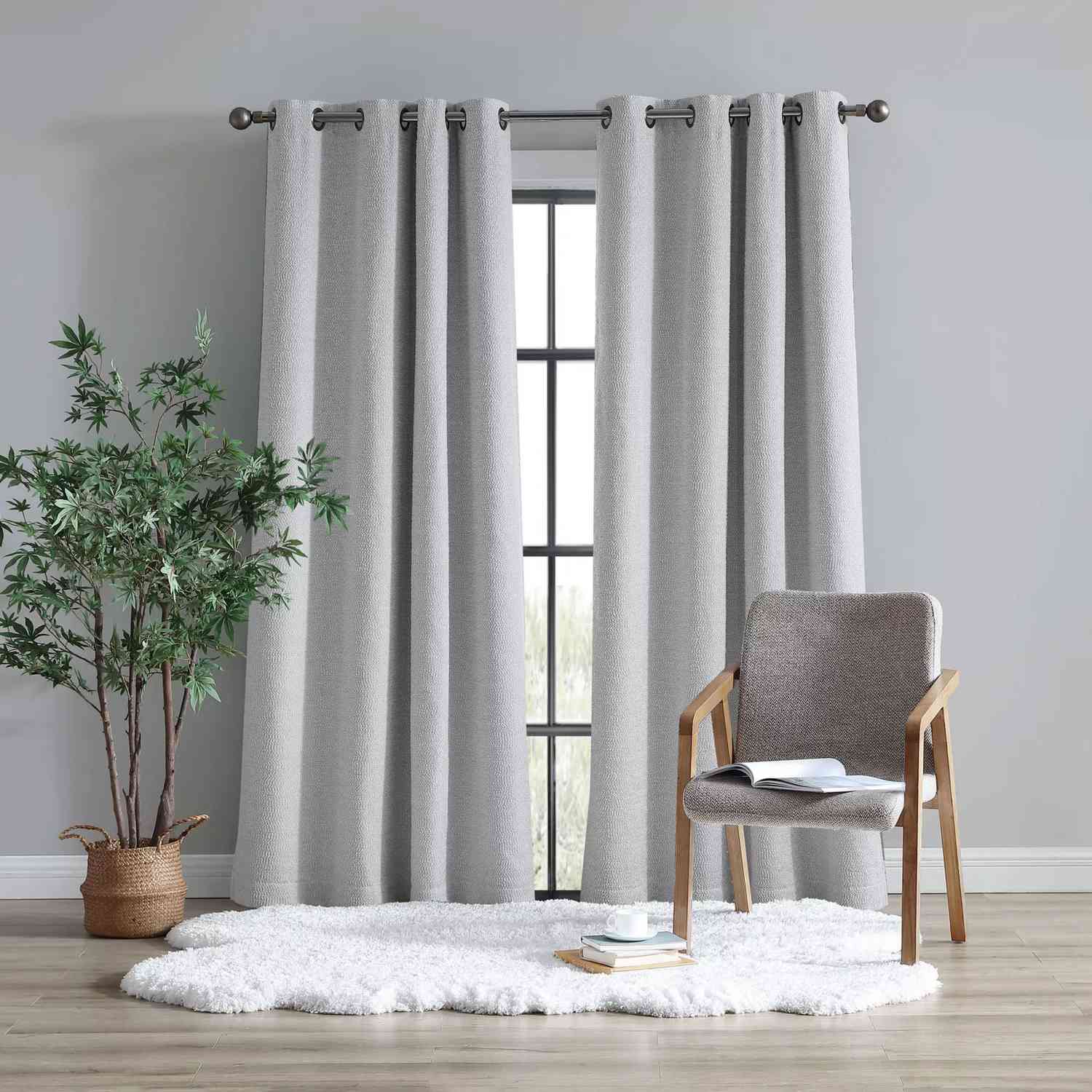
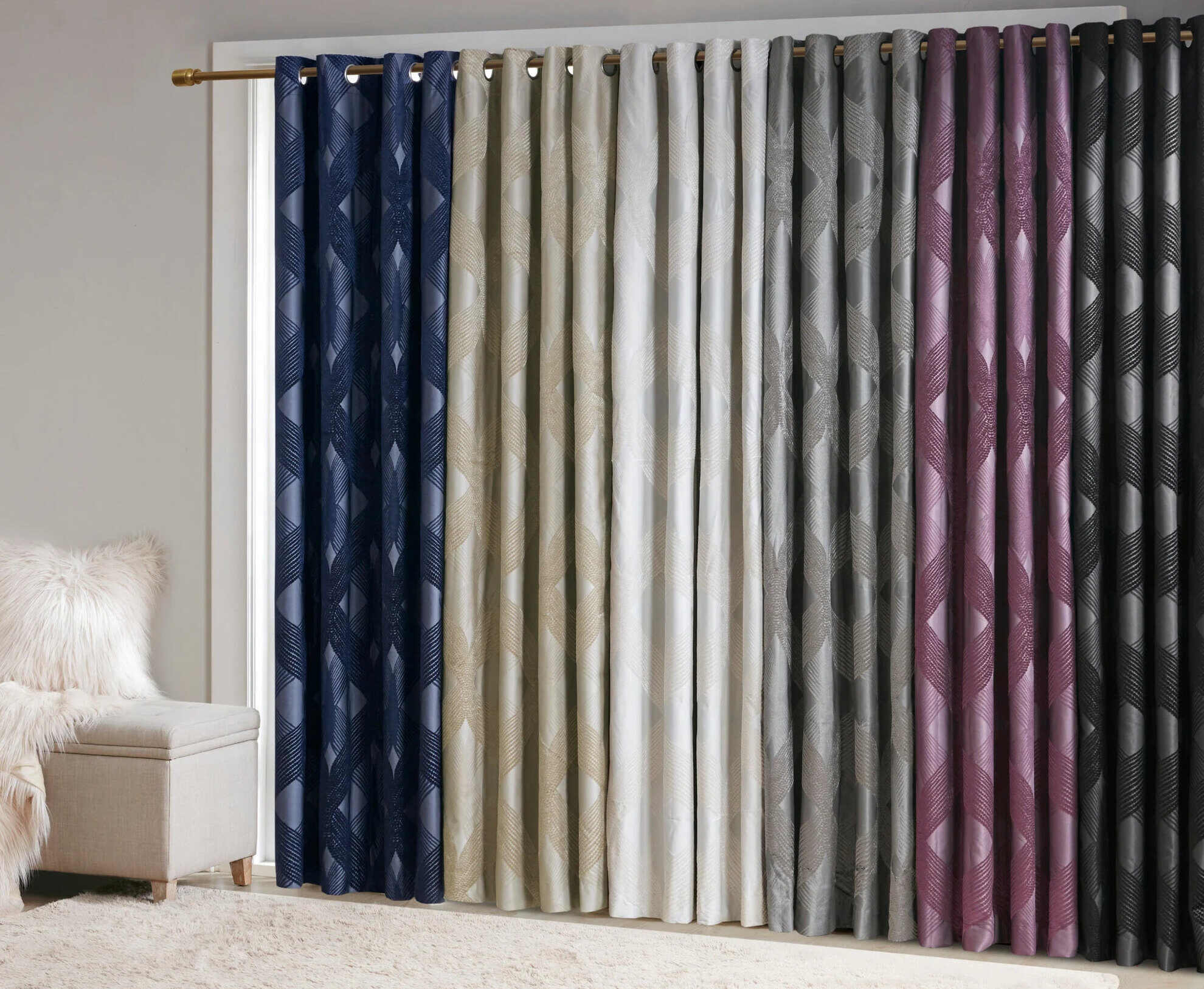
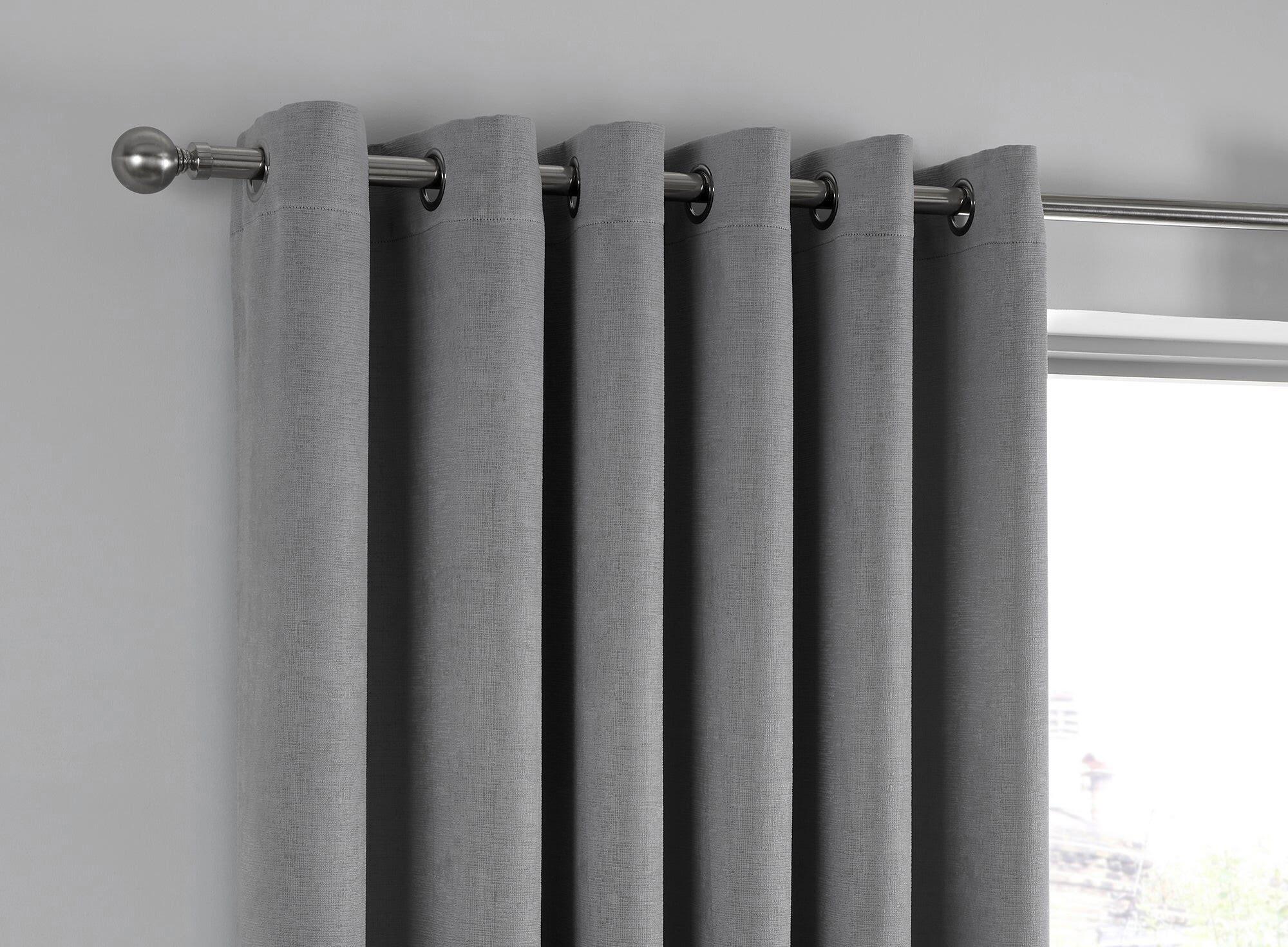
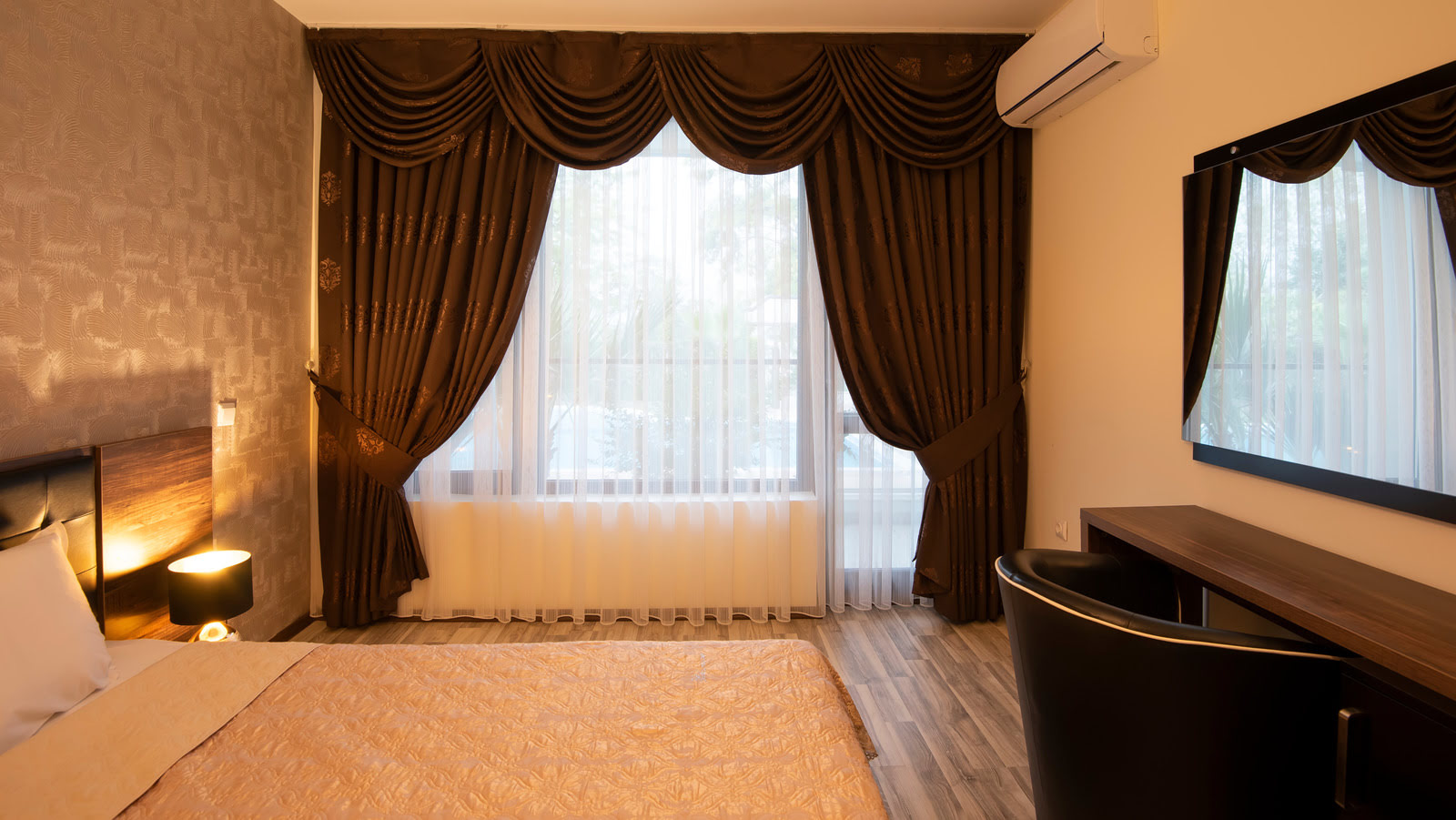

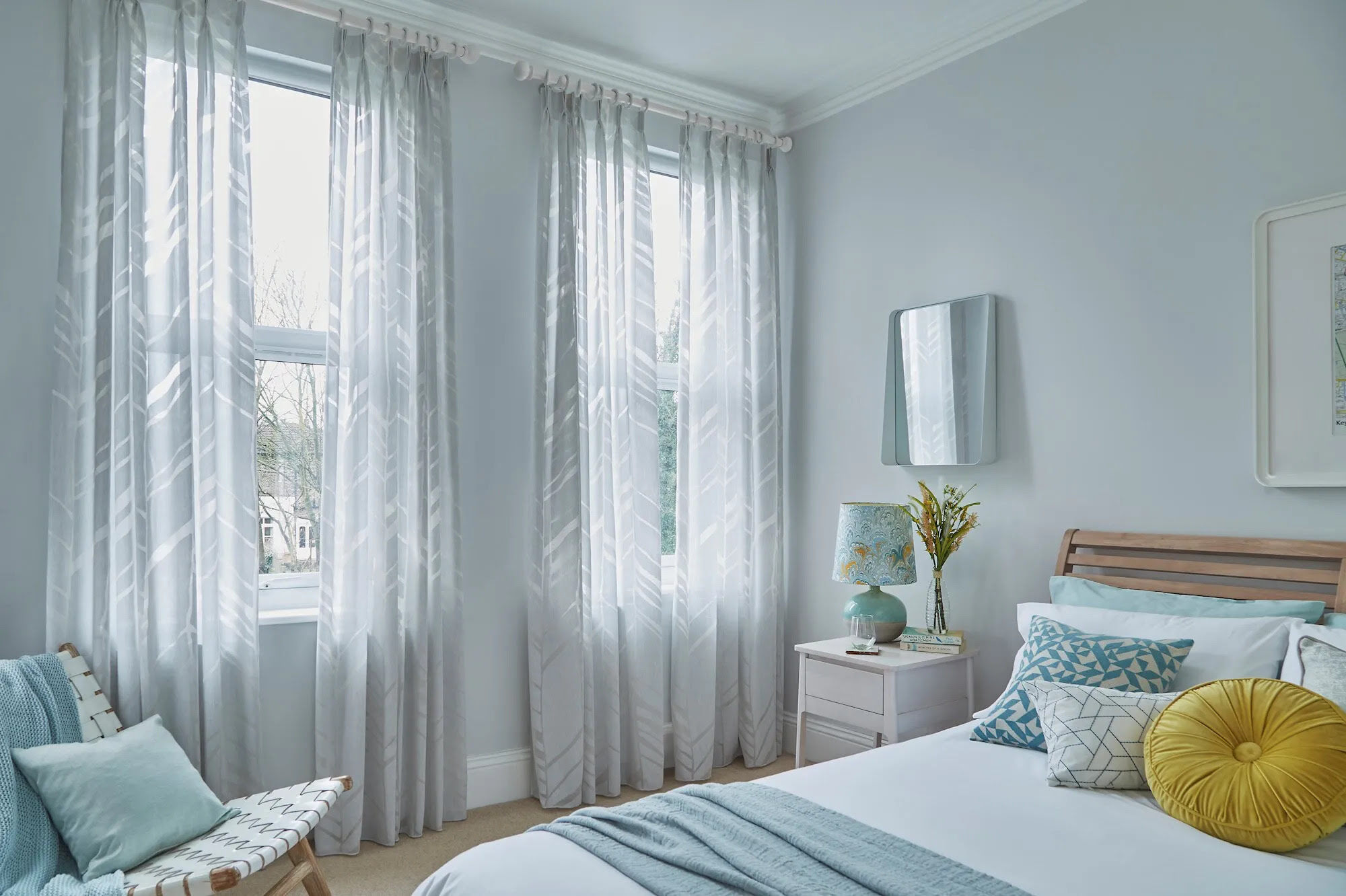
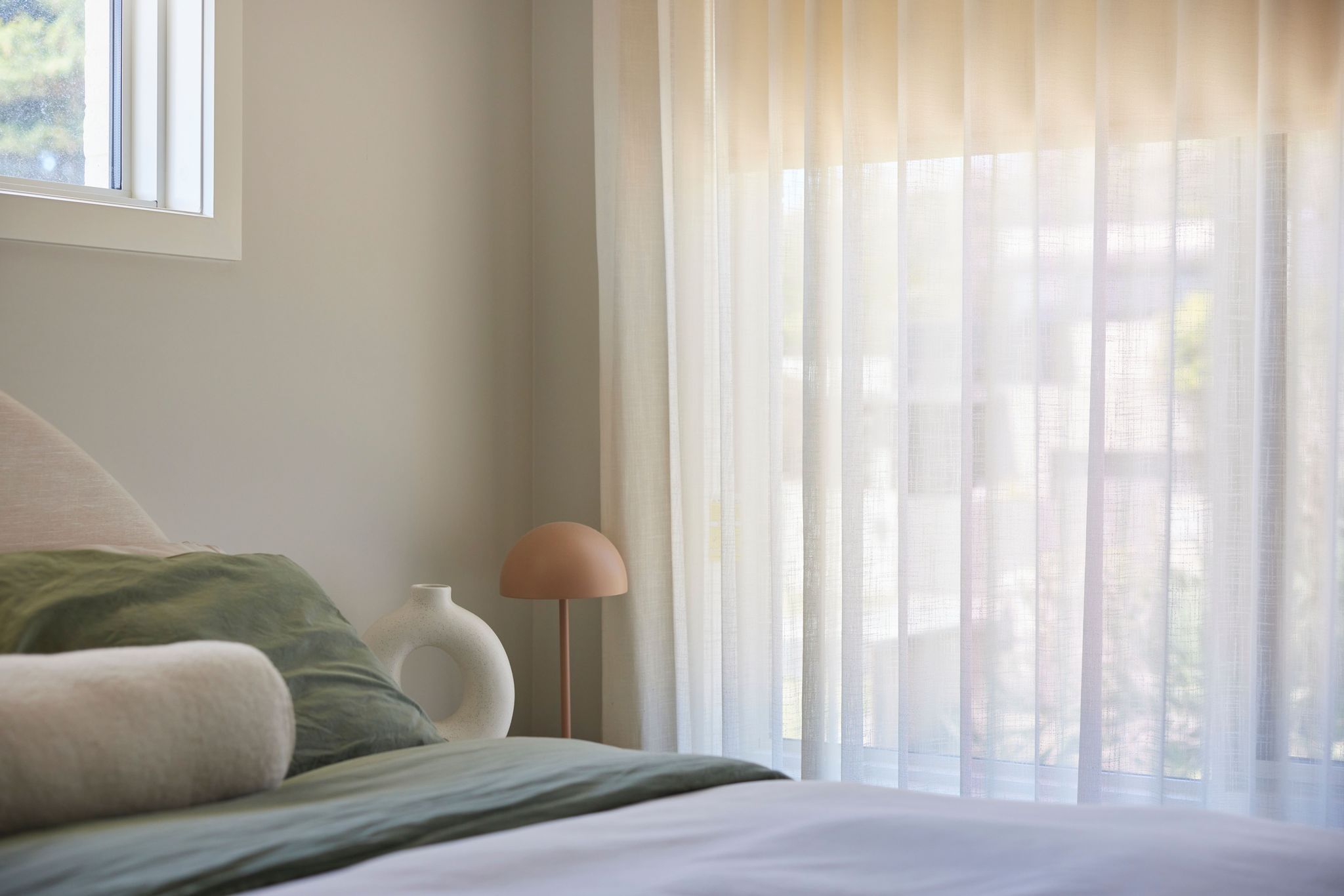

0 thoughts on “What Is Light Filtering Curtains”